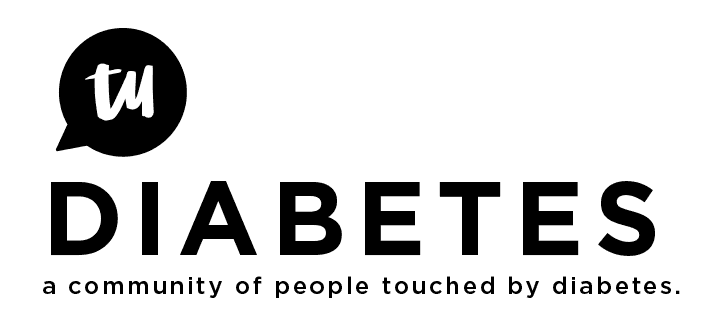As the dust from World Diabetes Day settles, we start looking back to pick the lessons from this amazing Diabetes Awareness Month.
Nov. 14, as you may remember, we held The Big Blue Test, a diabetes awareness activity that consisted of testing your blood sugar, exercising for 14 minutes (the number 14 having been picked to coincide with the date on which World Diabetes Day is celebrated), testing your blood sugar again and sharing the whole experience.
We collaborated with 8 other online diabetes communities to increase the reach of the activity as far as possible. So what were the results?
1) The Big Blue Test was our most viral initiative to date.
If you search for “Big Blue Test” on Google, nearly 200,000 results come up, including posts on sites as diverse as Diabetes Forecast and the Ning Blog.
2) On Twitter, diabetes awareness exploded!
Thanks to Nick Jonas' tweet in support of World Diabetes Day, with nearly 17,000 tweets in a single day, "#WorldDiabetesDay" and "World Diabetes Day" climbed to the top of the trending topics for most of the day:
As far as #bigbluetest (the hashtag that we were promoting in connection with The Big Blue Test) and #WDD09 (the hashtag that World Diabetes Day was promoting), you can see below how they did:
#bigbluetest got nearly 500 tweets the day of the activity and more than 300 more in the days leading up to it.
#wdd09 peaked at almost 1,600 tweets on World Diabetes Day with 1,000 more in the days prior.
Last, we changed the diabetes twibbon (Twitter-ribbon) we'd created for diabetes turning it into a big blue circle that practically took over the entire avatar of the person who adopted it, signed "#WDD09" to boost the World Diabetes Day hashtag.
3) The Big Blue Test was a great success, not just quantitatively but qualitatively.
You can read detailed results on TuDiabetes in this blog post thanks to Matt Tendler, who took it upon himself to analyze all submissions by people with diabetes who entered their pre- and post- values, along with the exercise they did.
On TuDiabetes, participants saw an average 18% drop in blood sugar as a result of exercising for 14 minutes, with an average pre-exercise BG level of 150.37 mg/dL and an average post-exercise BG level of 123.23 mg/dL. In the other communities, results seen were comparable to what we saw on TuDiabetes and Twitter. In the end, the total number participants in the activity throughout all communities, on Twitter and offline (there were a number of events that took place offline) was somewhere around 2,000.
I want to share a story of someone who participated in a Big Blue Test-inspired event that took place in the Sacramento, CA area. Her comment summarizes the essence of this initiative perfectly:
"I checked my glucose number prior to going on the walk and it was 105. When we finished our walk it was 80. What a difference. Sometimes it's hard to make time to get to the gym.(I have not been to in awhile and feeling down about that too) But even something as simple as walking around the block can make a huge difference. I was amazed! Thank you for my ahha moment. I will be making time for walks from now on. Every little bit helps!" ~ Christy Tombalakian
4) The # of World Diabetes Day events in the US increased
In terms of total number of buildings going blue, the total number worldwide dropped slightly, from 1,110 in 2008 to 1,034 this year. Considering it was a crisis year where budgets for these kinds of events normally get slashed, this could almost be considered a win. But an actual win was the increase in the number of buildings that went blue in the US, from 41 in 2008 (3.6%) to 63 in 2009 (6.0%). Overall, the efforts of hundreds of diabetes advocacy groups in the US and worldwide paid off, resulting in beautiful WDD events such as the one that took place in Philadelphia, New York San Francisco and Sacramento.
I invite you to watch this slideshow of the event that took place in San Francisco and to watch a great video of the Sacramento event.
What is the challenge ahead of us?
We made great progress compared to the levels of awareness we saw in 2008. But we need to do more and work even more closely among all diabetes organizations and groups to make sure 2010, diabetes awareness levels leave this year's accomplishments appearing tiny by comparison.
Are you up for the ride?

 in so many senses, but we felt so united with all of you.
in so many senses, but we felt so united with all of you.